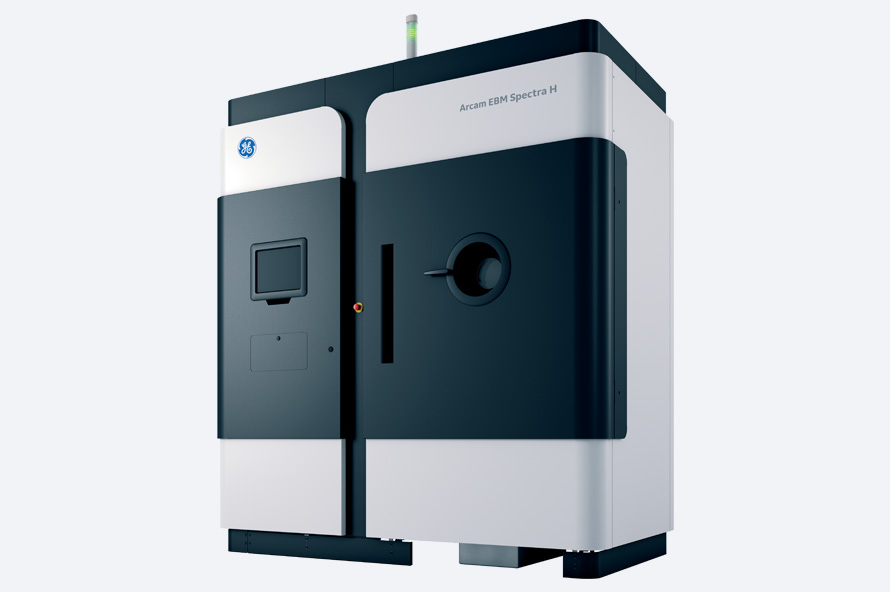Critical Reflection
This Critical Thinking and Communication Module has provided me with valuable insights into both my strengths and areas for improvement. Initially, I discovered weaknesses in my report writing and PowerPoint presentation skills, which I found to be lacking in engagement. However, through active engagement in this module, I have benefited from the guidance of my professors and peers, enabling me to continually enhance my writing and creative abilities. Module Learning: Through feedback from everyone, I realised that what I thought previously was one of my major strengths which is public speaking and presentation skills was lacking in certain areas like not being able to capture my targeted audience's attention. I always thought that speaking well and not being nervous meant that my presentation was good. But I soon learnt that you have to capture the audience's attention as well and make the presentation as interesting as possible by making the slides less wordy and most import...
